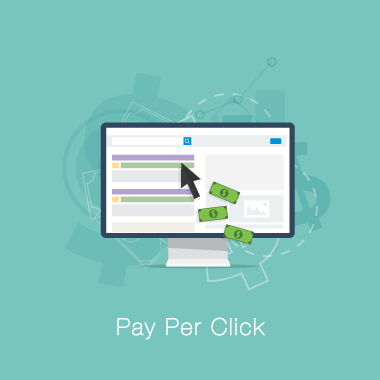 You may have noticed that the sidebar ads have disappeared from your Google searches. There is much speculation on the topic, but as with most of Google’s moves, it’s all part of a plan to further monetize their tight grip on the search world.
You may have noticed that the sidebar ads have disappeared from your Google searches. There is much speculation on the topic, but as with most of Google’s moves, it’s all part of a plan to further monetize their tight grip on the search world.
Here is why those sidebar ads are gone:
- The sidebar accounted for a just small percentage of clicks.
- Mobile searches surpassed desktop searches making the right hand column less relevant.
You’ll also notice that:
- Google now displays up to four ads at the top of the page, which pushes organic results down a notch.
- Google also now displays up to four ads below the organic search results, thereby increasing the likelihood of an ad click before a click to the next page of results.
Google is banking on the increased probability of users clicking a Pay Per Click (PPC) ad before having to scroll down to view organic results. This in turn increases competition for “top-of-the-fold” premium positions, which in turn drives up cost-per-ad.
Does this mean that advertisers must increase their AdWord budgets?
Not necessarily. Advertisers must first establish a detailed return on investment for historical campaigns ad group by ad group. Then based on these metrics, work toward maximizing the return without increasing the budget.
How so?
Let me show you where advertisers can quickly fine-tune current campaigns to squeeze more out of a firm budget.
Six Ways to Fight PPC Inflation Right Now
- Choose Your Words More Carefully — Hyper-qualify your keywords. Be very specific regarding the terms people use to find your products and services. Some phrases may rank low in search volume, but high in conversion among those who might use them. Learn more about keyword research here.
- Use the Right Keyword Match Types — Words that are part of a useful keyword phase can be counter-productive when singled out. Take “soft pretzels,” for example. This advertiser should use an exact match type, by putting brackets around the phrase like this: [soft pretzels], to avoid reaching people who just want to buy “pretzel rods” or visit the “pretzel museum.” Learn more about match types here.
- Upsell Current Customers & Find More Like Them — Upload your audience’s email address lists to Google’s Customer Match portal and then serve them dedicated, more personalized ads. Armed with this data, Google can also help you target audiences that are similar to yours.
- Block Unproductive Audiences — Keep unprofitable audiences from inadvertently clicking your ads by excluding them from seeing specific ad groups. You can suppress by audience affinity, current customer segments, and more.
- Write Higher Performing Ads — Keep ads active, benefit driven, and specific to your audience. Solve a problem, make a promise, and focus on the reader (by using “you” and “your”) not your company (by using “we” and “our”).
- Use Landing Pages — Direct ads to landing pages that have content relevant to your ad copy. These pages have a better chance of converting a sale than your home page and will reduce your cost per click (CPC) due to a higher quality score.
Going forward, cross-reference AdWords reports with Google Analytics to see where unprofitable words and audiences lead to unwanted clicks. Check post-click user engagement data for specific keywords, ad copy, and audiences to determine which lead to conversions and which do not.
With the change in Google search engine result page (SERP) display, users are inevitably clicking paid ads over organic search results. Advertisers can use this to their advantage by prioritizing their search engine marketing (SEM) efforts. Before you put more money into Google’s pockets, put more effort into your PPC campaign strategy. Take a deep dive into the data, use every tool at your disposal, and make sure you have a Google AdWords master on the team.


Comments